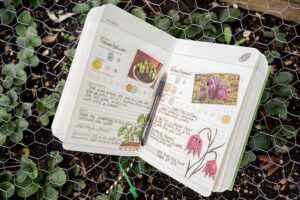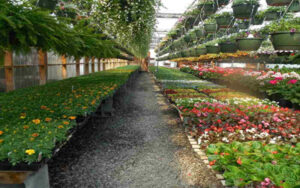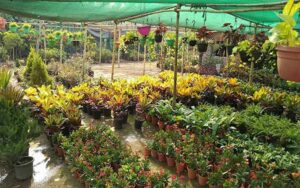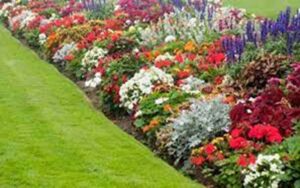Useful Tips for Beginners: Set Up Your Own Kitchen Garden
Nursery Today Desk
New Delhi: Few steps from your kitchen and you have your own veggies and fruits. Kitchen gardening not only adds to the beauty of your house but also saves you from eating chemical-rich items from market. Kitchen garden saves your money as well as serves you with fresh, flavorsome veggies/herbs/fruits. Now, when kitchen gardening is trending across the globe, everybody wants to try their hands at it. Here are some tips to help the beginners set up their own kitchen garden.
Choose The Right Location: Setting your location is prime for yielding healthy plants. While choosing the spot, keep in mind that the area receives four to five hours of sunlight. Some areas with shades should also be chosen for shade-loving greens and herbs.

It may be a window sill, balcony, terrace or outdoor space according to one’s choice. Opting for a flat area free from roots and rocks simplifies soil preparation and tilling before planting.
Watering The Plants: Consistent watering to the plants is crucial and also excessive water can damage the plants and deplete soil nutrients. Generally, during summers, watering plants twice a day and in the monsoon season, watering every alternate day is ideal for the kitchen garden.

You can use a watering can equipped with a gentle sprinkler. This allows careful balance between hydration and the prevention of water-related problems.
Start with Easy-to-Grow Plants: you can grow a lot of things in a kitchen garden but that doesn’t mean you should. It’s recommended to start with plants that are relatively easy to grow and maintain. Herbs like basil, parsley are generally hardy and versatile and therefore, ideal choice for beginners. Leafy greens like lettuce, spinach and kale tend to grow quickly and don’t require much space and so can be a good option for starting a kitchen garden.

As you get comfortable with the gardening processes you can gradually expand your garden and experiment with growing a wider range of crops.
Space Arrangement: arranging your crops is the key to get good yield. You can opt for triangular planting scheme, this maximizes the use of space and accommodate up to 15% more plants in each bed when creating your kitchen herb garden. It’s important to avoid overcrowding, as densely packed kitchen garden plants fail to reach their optimal size and yield.

In case of limited space, you can go for vertical farming by using wall planters, railing planters and hanging baskets to support crops that grow upwards. This will save space, simplify maintenance and improve air circulation reducing the risk of fungal infections.
Keep a Garden Journal: Keeping a garden journal can prove to be very valuable for the beginners and should be a part of your kitchen garden starter kit.
Record crucial details about your garden, such as planting dates, variety information, weather patterns, and any observations you make, in a journal or on a digital device.

Throughout the growing season, make a note of your accomplishments, failures and lessons. You can use this information as a helpful guide in the future to measure your progress, spot trends, and make defensible judgments. A garden diary can be used as a place for introspection and creativity.

















